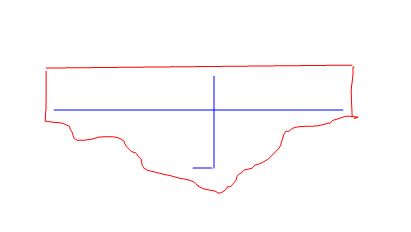canstruct12
Structural
I have been tasked with designing a spread footing for a large canopy structure over an existing outdoor rink. The contractor/client does not want to use a wall footing between the isolated spread footings. I suggested using a shear key to my supervisor and he said it was a good idea. After trying to do some research I cannot find any where that supports the use of shear key to resist horizontal forces for a spread footing.
Can anyone provide any insight to this?
Can anyone provide any insight to this?



![[upsidedown] [upsidedown] [upsidedown]](/data/assets/smilies/upsidedown.gif)